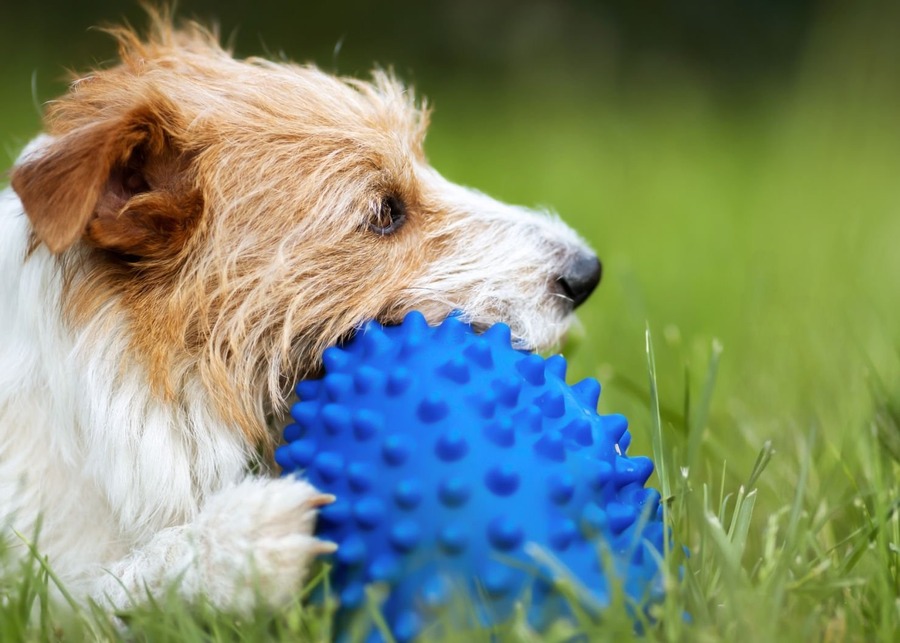Are your products getting lost on shelves or in backyards? Poor color choice could be costing you sales and good reviews. It’s a detail that makes a huge difference.
The color of a dog toy directly impacts its visibility and appeal to the dog, not just the human buyer. Choosing colors like blue and yellow, which dogs see clearly, can significantly improve play experience, customer satisfaction, and ultimately, your sales. It’s a scientific and commercial advantage.
I’ve spent over a decade in pet supply manufacturing, and I’ve seen firsthand how a simple change in color can turn a struggling product into a bestseller. It’s not about aesthetics; it’s about science and strategy. These choices can make or break a product line, influencing everything from customer reviews to brand loyalty. Let’s break down why this single detail is so critical for your brand’s success and how you can leverage it.
Can dogs really see color?
Are you still designing toys based on the myth that dogs are colorblind? This common mistake can make your products almost invisible to your most important user—the dog.
No, dogs are not completely colorblind. They see a different spectrum than we do. Think of their vision as similar to a person with red-green color blindness. They see the world primarily in shades of blue, yellow, and gray, making these key colors for toy design.
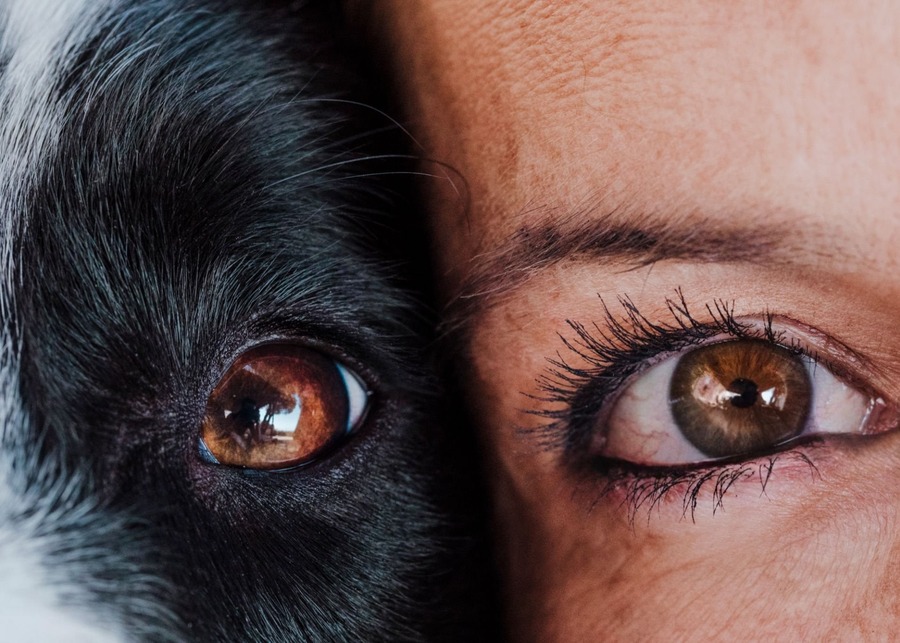
This is one of the most common questions I get from new clients. For years, the popular belief was that dogs lived in a black-and-white world. Science tells us that’s not true. Humans have three types of color-detecting cells in their eyes, which allows us to see the full rainbow. Dogs, however, have only two.
You don’t need the technical term, "dichromatic vision." The simplest way to understand it is this: dogs can’t really distinguish between red and green hues. To a dog, a red ball on a green lawn looks like a brownish-gray shape on a slightly different brownish-gray background. There is almost no contrast.
But a bright blue toy? That pops. A vibrant yellow one? It stands out clearly. This isn’t just a fun fact; it’s a foundational principle for effective product design. Understanding this limited "color palette" is the first step to creating toys that dogs will actually see and want to play with.
Do dogs care what color their toys are?
Does a dog really choose a toy based on color? It’s easy to assume they don’t, but this thinking leads to products that frustrate both pets and their owners.
Dogs "care" about color from a functional standpoint. They are driven by instinct to chase and retrieve. If a toy’s color makes it hard to see, track, and find, the dog loses interest. This functional preference directly impacts a toy’s play value and your customer’s satisfaction.
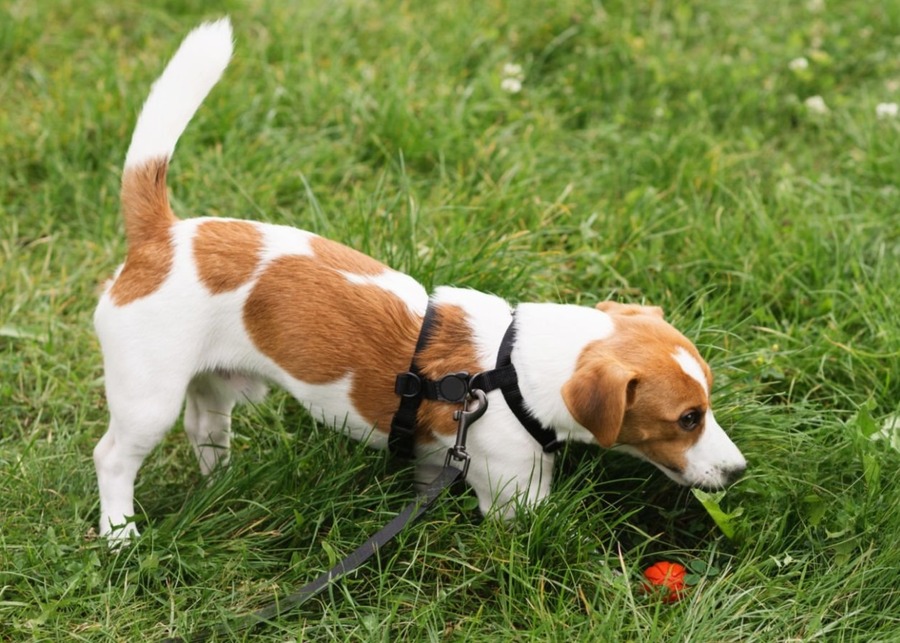
Let’s reframe the word "care." A dog doesn’t have an artistic preference for cerulean blue over navy. But it absolutely has a functional preference for a toy it can see. A dog’s main way of engagement with a toy is through play, which often involves high-speed action like fetching.
Imagine a dog in a park. Its owner throws a bright red fetch toy. As it flies against the blue sky, the dog sees it perfectly. But the moment it lands in the green grass, it virtually disappears from the dog’s vision. The dog will spend more time sniffing for it than actually playing. This leads to frustration and a less engaging experience.
Now, imagine that same toy was a vibrant blue. It would stand out against the green grass like a beacon. The game is instantly faster, more rewarding, and more fun. This is what we mean by "caring." A visible toy is a usable toy. And a usable toy leads to a happy dog and a happy owner who will buy from your brand again.
What is the best color for a dog toy?
You want a clear, direct answer on which colors to use. Guessing or just picking what looks good to you is a risky strategy that can hurt your product’s performance.
The best colors for dog toys are bright blue and bright yellow. These two colors stand out most clearly within a dog’s visual spectrum, making them highly visible in various environments like grass and dirt. They are the safest and most effective choices for engaging toys.
To make this simple for our partners, I’ve developed a "Color Visibility Pyramid." It’s a straightforward guide for making smart design choices quickly.
-
S-Tier (Strongly Recommend):
- Bright Blue: The absolute best color for visibility against most backgrounds, especially green grass.
- Bright Yellow: The second-best choice, offering excellent contrast in many situations.
-
A-Tier (Good Choices):
- Purple: Dogs can distinguish this from their background, as it’s seen as a shade of blue.
- White: Can be effective, but easily gets dirty and can be lost in snow or against light-colored sand.
-
F-Tier (Commercial Risk):
- Red: Appears as a dark brownish-gray to dogs. A red toy on green grass is nearly invisible.
- Green: Blends in completely with grass, the most common play area.
- Orange: Like red, this color is perceived as a dull, undistinguishable shade of brownish-yellow or gray.
Using this simple tiered system removes the guesswork. By sticking to the S-Tier and A-Tier colors, you are building a better, more functional product from the very start.
Which toy colors are a commercial risk?
Thinking a color is just a minor detail can be a costly mistake. Choosing the wrong one isn’t just a design flaw; it’s a direct threat to your bottom line and brand reputation.
Red, green, and orange are significant commercial risks for dog toys. Because dogs see these colors as dull brownish-grays, toys in these colors are easily lost outdoors. This leads to customer frustration, negative reviews, and a reputation for making "bad" toys.
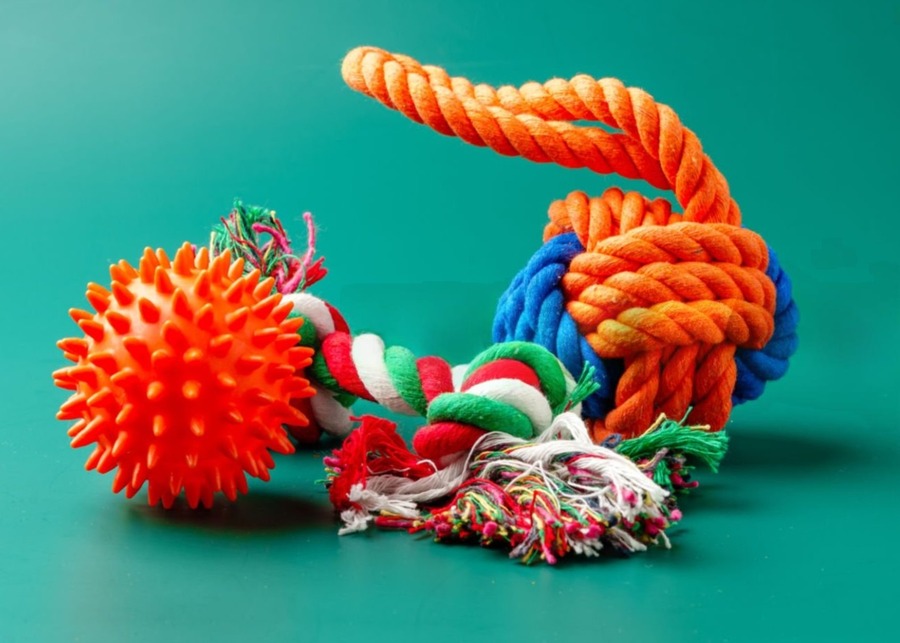
Let’s talk in business terms. A red ball thrown on a green lawn doesn’t just get lost; it becomes "ineffective inventory" for the customer the moment it disappears. They paid for a product they can no longer use. This creates a "negative customer experience cycle."
Here’s how it works:
- Purchase: A customer buys your beautifully designed red fetch toy.
- First Use: They throw it for their dog in the park. The dog can’t find it.
- Frustration: Both owner and dog become frustrated. The fun playtime ends with a search party.
- Negative Association: The customer now associates your brand with this frustrating experience.
- Bad Review & No Repeat Purchase: They leave a 1-star review saying, "My dog lost this toy on the first day," and they will not buy from you again.
This isn’t the dog’s fault or the owner’s. It’s a product design failure. Colors in the F-Tier of our pyramid aren’t just poor choices; they are a direct liability for your brand. They actively work against customer satisfaction and damage your reputation in a very competitive market.
How to select toy colors for outdoors?
A great toy needs to perform well where dogs play most: outside. A color that works in one environment can fail completely in another, so a one-size-fits-all approach is not enough.
To choose the best outdoor toy colors, you must match the color to the specific environment. Blue is best for green grass and yellow sand. Yellow or white is ideal for blue water. In snow, most bright, non-white colors work well.
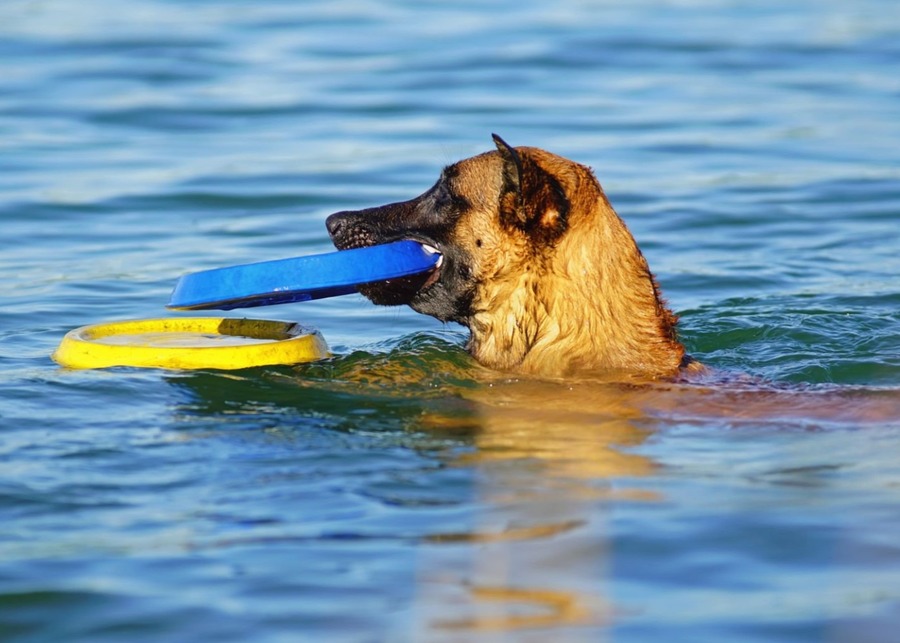
To show our clients how to think like product application experts, we use a simple "Environment & Color Matching Matrix." This tool helps you design products that excel in specific, real-world scenarios.
| Environment | Best Color Choices | Risky Color Choices | Rationale |
|---|---|---|---|
| Green Grass | Bright Blue | Green, Red, Orange | Blue offers the highest contrast against green. |
| Yellow Sand/Dirt | Bright Blue, Purple | Yellow, Orange | Blue provides a strong pop against earthy tones. |
| Blue Water | Bright Yellow, White | Blue | Yellow is highly visible against the blue of water. |
| White Snow | Bright Blue, Bright Red | White | Most bright colors work, even red, against white. |
By using this matrix, you can design a more strategic product line. You could have a "Park Series" featuring blue toys or a "Beach Series" with a focus on yellow and purple. This level of thoughtful design shows customers you understand their needs and the needs of their pets, setting your brand apart from competitors who just pick colors that look nice on a shelf.
How can color strategy drive product sales?
Understanding canine vision is great, but how do you turn that science into sales? You need to transform the color from a simple product feature into a compelling marketing message.
A good color strategy drives sales by becoming a key selling point. You can educate your customers on your packaging and marketing, explaining why you chose specific colors. This builds trust and gives them a clear reason to choose your product over a competitor’s.
We don’t just help our partners make better products; we empower them to sell those products more effectively. The key is to stop treating color as a passive attribute and start marketing it as an active benefit.
Here are some powerful marketing angles you can use immediately on your packaging, website, and social media:
- "Scientifically-Chosen Colors": This positions your brand as intelligent and research-driven.
- "Designed for Your Dog’s Vision": This message speaks directly to the pet owner’s desire to give their dog the best experience.
- "High-Contrast for Active Play": This highlights the functional benefit of your toy.
- "Reduces Frustration, More Fun!": This tackles a common pain point for pet owners head-on.
Imagine a customer standing in a store aisle, looking at two similar toys. One is a generic red ball. Yours is a vibrant blue ball with a small tag that reads, "Optimized for Canine Vision! Won’t get lost in the grass." Which one do you think they will choose? By educating your customer, you are not just selling a toy; you are selling a better, more thoughtful play experience. That is an incredibly powerful sales tool.
How to build a unique brand with color?
In a crowded market, how do you make your brand unforgettable? Many brands compete on price, but the strongest brands build a unique identity that customers recognize and trust.
You can build a unique brand by developing a "signature color palette" that is both visually distinctive to humans and functionally superior for dogs. This makes your products instantly recognizable and communicates a commitment to quality and thoughtful design.
Think about how Tiffany & Co. owns a specific shade of blue. You can do the same for your pet brand. This is a core part of our ODM (Original Design Manufacturer) service. We help you move beyond just picking "good" colors to creating a strategic color system that becomes part of your brand DNA.
For example, we recently worked with an outdoor gear company called "Summit Trek." Their brand is famous for its bright, safety-orange tents and backpacks. They wanted to launch a line of dog gear. Their first instinct was to make everything orange to match their human products. We advised them that while this was great for brand consistency, it would be a functional failure for the dog toys.
Our solution was a custom ODM project. We designed a unique color palette for them: a base of "Canine Sky Blue" for maximum visibility, accented with their signature "Summit Safety Orange." The result? A product line that was instantly recognizable as part of the Summit Trek family but was also perfectly optimized for dogs. This is how you build a powerful, lasting brand.
How crucial is the safety of toy dyes?
A toy’s color may attract the customer, but the safety of its dye is what protects your brand. This is a non-negotiable aspect that can have severe consequences if overlooked.
The safety of toy dyes is absolutely critical. Using low-quality, toxic dyes can harm pets, leading to product recalls, legal action, and a complete collapse of customer trust. Safe dyes are a form of "brand reputation insurance" that you cannot afford to skip.
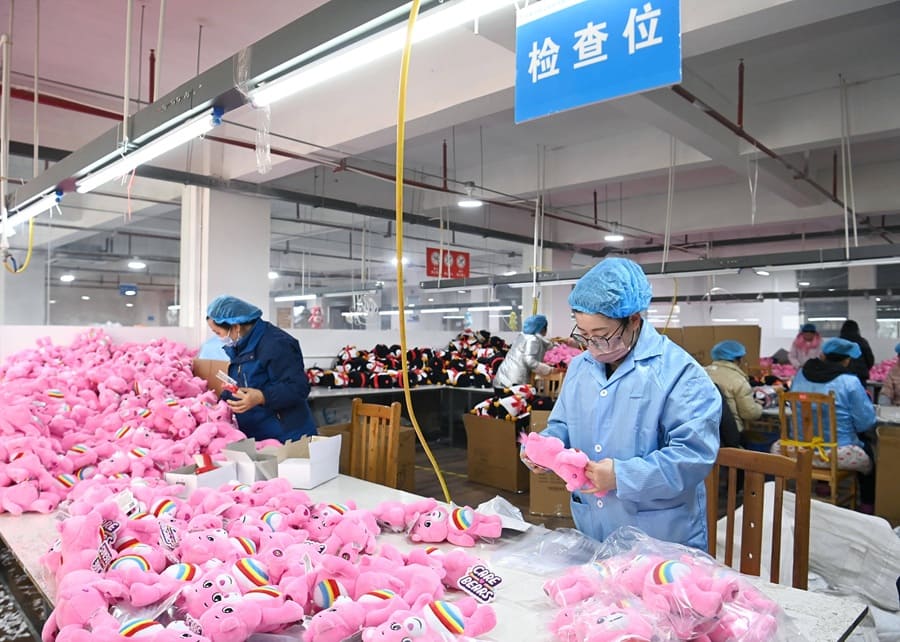
A product recall is a brand’s worst nightmare. It’s not just about the financial cost of pulling products from shelves; it’s about the permanent damage to your reputation. Customers will remember the brand that sold a toy that made their pet sick. In today’s world of instant social media, that kind of news can destroy a business overnight.
This is why our commitment to quality is so strict. We see safety as the foundation of everything we build. Our process includes:
- Strict Supplier Vetting: We only source dyes and raw materials from suppliers who meet rigorous international safety standards.
- Batch Testing: Every batch of material is tested to ensure it’s free from harmful chemicals like lead, phthalates, and other toxins.
- Durability Checks: We ensure the dyes are bonded properly to the material so they don’t leach or fade after extensive chewing and washing.
Choosing a manufacturing partner with an uncompromising stance on safety isn’t an expense; it’s an investment in your brand’s longevity and the trust of your customers.
Which colors suit different materials?
A great color on paper can look completely different on a finished product. The material of the toy—be it plush, rubber, or nylon—dramatically affects how a color appears and performs.
The material dictates how color is applied and how it looks. Plush fabrics hold vibrant, saturated dyes well. With rubber, color is mixed in, requiring stability. For nylon, printed colors must adhere strongly to the fabric’s texture to avoid flaking.

This is where true manufacturing expertise comes into play. Understanding the interaction between dyes and materials is key to producing a high-quality product that matches your design vision. Here’s a quick look at how we approach it:
- Plush Toys: These are excellent for achieving rich, saturated colors. The fibers absorb dye well, making them perfect for creating toys in vivid blues and yellows that are both soft and highly visible. Our focus here is on ensuring the dye is pet-safe and colorfast.
- Rubber and TPR Toys: For materials like rubber, the color pigment is mixed into the material itself before it’s molded. The challenge is ensuring the color is consistent throughout the product and remains stable, without weakening the rubber’s structure or fading after exposure to UV light and chewing.
- Nylon and Canvas Toys: These are often used for durable chew toys or fetch items. Color can be applied through dyeing the fabric or printing onto the surface. For printed designs, we must ensure the ink bonds securely with the fabric’s weave so it doesn’t crack or peel off during intense play.
Matching the right color application process to the right material is a technical skill that ensures the final product is not only safe and functional but also durable and visually appealing.
What are the current pet toy color trends?
For retailers and brand owners, staying ahead of market trends is essential. You need to balance what is functionally best for dogs with what is aesthetically pleasing to their human owners.
Current trends involve creating sophisticated "color stories" that blend human aesthetic preferences, like Pantone’s Color of the Year, with the functional needs of canine vision. The goal is a product that looks modern to people and is highly visible to pets.
The most successful brands today are not just selling a blue toy; they are selling a lifestyle. This means paying attention to broader design and color trends. However, you can’t just slap the latest trendy color on a dog toy and expect it to work.
Our approach is to create a bridge between human trends and canine function. Here’s how we might do it:
Let’s say a soft, muted pastel is the hot new color in home decor. We know this color would be terrible for a dog toy on its own. So, we create a "color story" around it. We would design a toy that uses a highly visible canine blue as its primary color, ensuring it’s functional. Then, we would use that trendy pastel as a strategic accent color.
The result is a product that feels fresh and modern to the human buyer, fitting in with their aesthetic, while still being a fantastic, highly visible toy for their dog. This approach allows your brand to participate in current trends without sacrificing the core performance of your product. It’s the best of both worlds.
How do we help you customize the best colors?
You now understand the science, strategy, and risks associated with toy color. The final question is, how do you put all this knowledge into action for your brand?
We provide a complete, one-stop solution. We combine scientific insight, market strategy, and manufacturing expertise to help you develop, source, and produce products with the optimal color strategy for your brand, ensuring quality, safety, and commercial success.
Working with us means you get more than just a manufacturer; you get a strategic partner dedicated to your growth. We recently helped a sourcing manager for a large European retail chain who was overwhelmed by coordinating with dozens of small factories. She provided a single purchase list for toys, beds, and bowls.
We didn’t just source the items. We provided a "Color Optimization Report," recommending changes to her selected toy colors to align with our visibility data. We then consolidated the entire order, ensured every item passed our rigorous quality checks, and optimized the packaging to reduce her shipping costs by over 20%.
When you partner with Preeminent, you get:
- Scientific Insight: We use canine vision science to guide your color choices.
- Market Strategy: We help you use color to build your brand and create powerful marketing messages.
- Manufacturing Expertise: We ensure your chosen colors are applied perfectly and safely across any material.
- One-Stop Service: We streamline your sourcing, saving you time, money, and the headache of managing multiple suppliers.
Let us help you turn color into your next competitive advantage.
Conclusion
Choosing the right color is not just an artistic choice; it’s a strategic business decision that impacts visibility, customer satisfaction, and your brand’s reputation. Let’s make it count.

